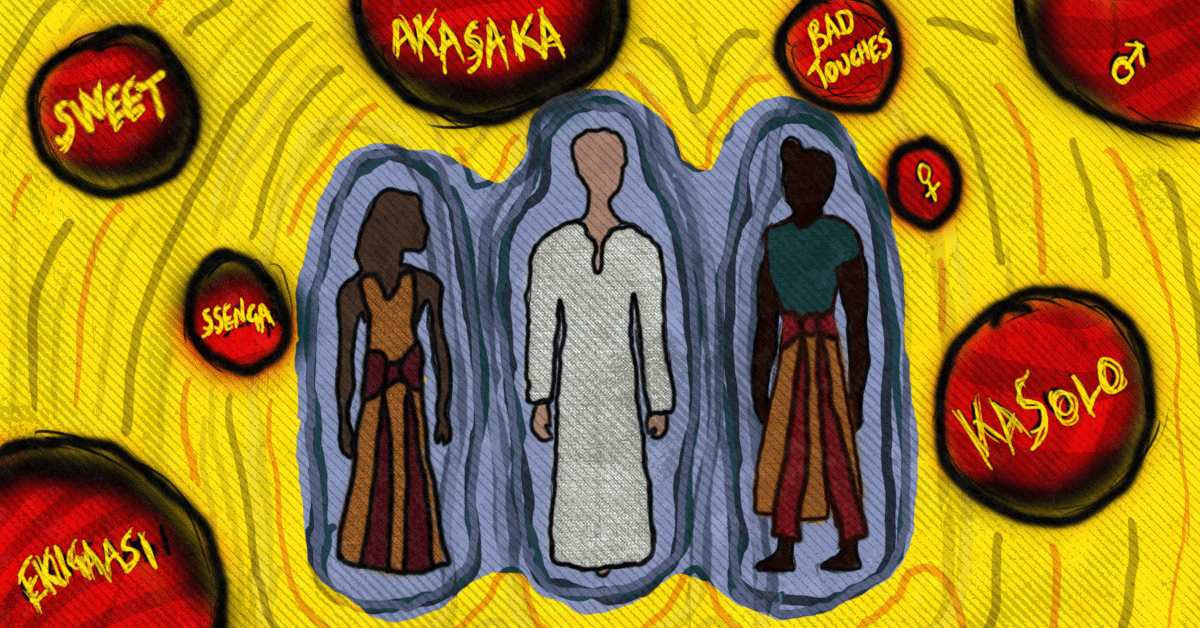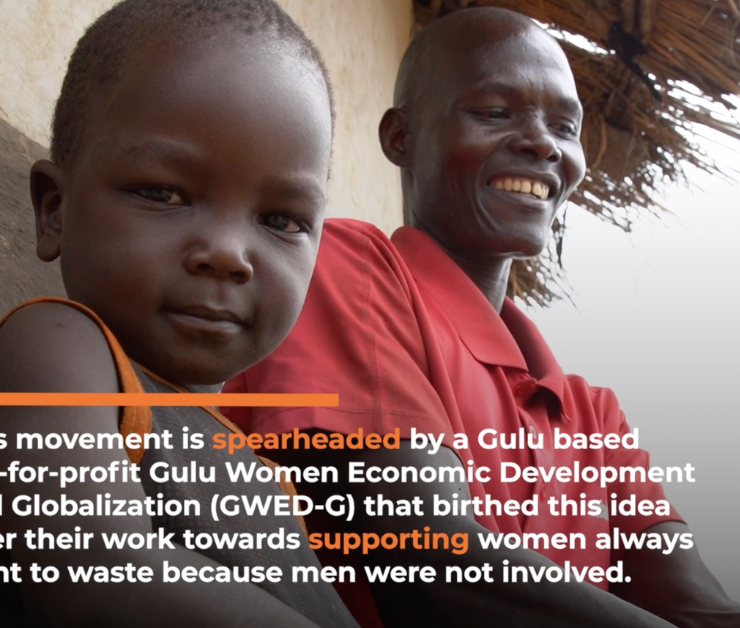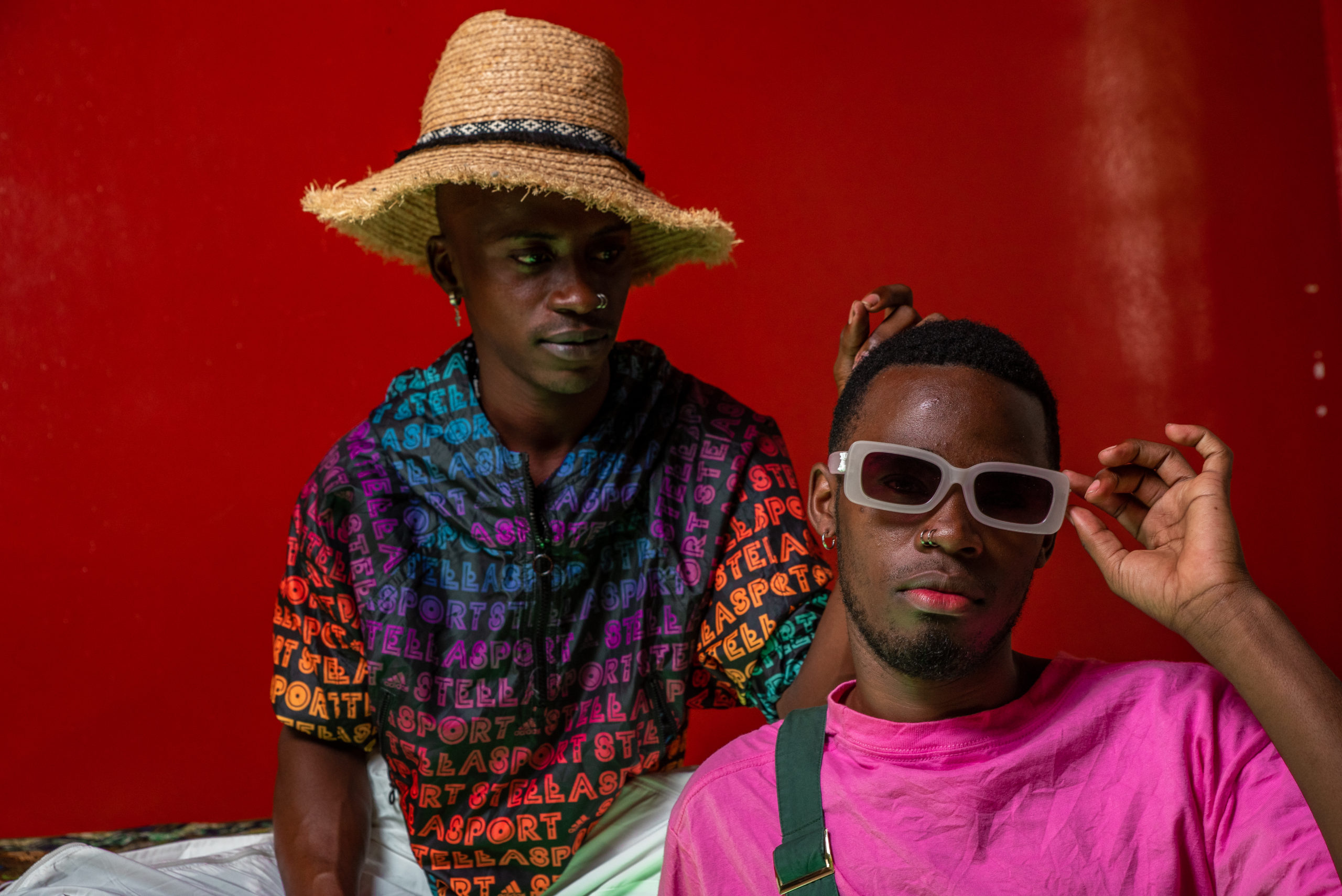“Small animal”: How language reinforces climates of sexual violence in Uganda
- The linguistic landscape of Uganda, rich with cultural diversity, inadvertently perpetuates imbalanced views of sexuality through deeply ingrained linguistic traditions.

Thinking back to her first intimate encounter with her husband, Jane, a mother of four in Kampala, Uganda realises the impact of language and culture on attitudes towards sex. She recalls the jumble of thoughts that rushed through her mind regarding how to handle intimacy.
As Jane, a Muganda by tribe, navigated conflicting messages during her upbringing, she faced the challenge of balancing the importance of protecting her “sweet” (a term for female private parts) with advice from her Ssenga, a paternal aunt tasked with educating girls about sex, on how to satisfy her future partner.
In society’s eyes, openly showing desire was considered inappropriate for a woman, yet she was still supposed to be alluring in private. Her struggles with being the ideal partner coloured her experiences.
Luckily, Jane’s husband empathised with her unease and provided support by urging her to accept her sexuality. After years of exploration, their bond has strengthened, resulting in a fulfilling intimate relationship.
Uganda has a rich cultural and linguistic diversity, where words hold great power to inspire or harm. Sexuality plays a crucial role in this situation. Several linguistic traditions in the country, deeply ingrained in the culture, inadvertently contribute to narratives that sustain sexual and gender-based violence (SGBV).
To delve into this complex subject, we must analyse past societal shifts, cultural standards, and the impact of Western influence. Is there a possibility that something got lost in translation? What factors make intimate relationships more susceptible to abuse?
In Luganda, one of the major languages in Uganda, the term “kasolo” (penis) which literally means a small animal culminates in giving men a sense of power in personal interactions. The “small animal” is always on the prowl to attack, contributing not just to narratives of terror but equally socializing the man as animalistic and as the “hunter.” In that sense, violence from the man, the “small animal” is almost expected and perhaps even rewarded. Referring to the vagina with softer terms like “sweet” reinforces a narrative of delicate femininity. These terms are not just flowery; they carry meanings that influence how things are perceived. They set the stage for mistreatment by defining men’s actions and women’s moral duties with their bodies.
This narrative restricts women’s ability to make choices about their sexuality, monitors their behaviour and leads to blaming them when abuse happens. Women might feel pressured to conform without realising it as their roles are predetermined by the language used.
This linguistic framing shines a light on an aspect often ignored when dealing with abuse in relationships. The way language is used not only shows a power dynamic but also dictates how people should behave in romantic or sexual situations. Women’s desires and boundaries take a backseat to societal norms that prioritise dominance and control.
In the past paternal aunties, referred to as Ssengas held a role within the Baganda community when it came to discussing matters of sexuality. Young girls often turned to their aunties for advice on subjects like growing up, sex, relationships, and womanhood. These conversations had an impact on guiding girls into adulthood by sharing knowledge on marriage and gender expectations
. While the Ssengas’ influence was vital in marriage by offering valuable insights, their teachings also inadvertently reinforced certain problematic gender stereotypes.

According to researchers, in certain Ugandan cultures like the Batooro, sex education is primarily provided by paternal matriarchs including the paternal aunt, mother, and grandmother, and post-marriage by in-laws such as the mother-in-law, sisters-in-law, or husband’s grandmother. Historically, and still in some areas today, girls were also instructed on their first night of marriage on how to engage in sexual intercourse.
This education often occurs within specific contexts, such as the akasaka – a private, secured space in the home adorned with a special grass called ekigaasi, where girls receive instruction on sex-related matters. Participation in the akasaka is expected both before marriage (at the parents’ home) and after (at the husband’s). Before marriage, girls are taught about “bad touches,” emphasising that public displays of sexual affection like kissing are prohibited.
After marriage, participation in the akasaka continues, with the mother-in-law helping the new bride navigate her role within the family. While this orientation aids in the bride’s integration into the household, it often reflects the traditional understanding of women’s subservient role within the home.
Sex education for boys is also emphasised and typically provided by fathers, uncles, and grandfathers. Unlike girls, though, boys do not have a dedicated session for sex education but rather receive continuous informal education as opportunities arise.
Sylvia Tamale, a legal scholar, emphasises the importance of addressing discussions on sexuality to fully understand societal norms. Tamale highlights how the dominance of Western colonialists’ language in discussions about sexuality shapes the meanings and definitions of related concepts to reflect experiences outside Africa.
She illustrates this with the example of silence. Many Western cultures often view silence as a sign of submissiveness or conceding to power. Nevertheless, in certain cultures, particularly Ganda, some women have managed to transform silence into a potent form of action. For instance, the Ssenga institution teaches women that it’s better to ask and make requests during sex, highlighting the relationship between expectations and personal choices and showing how cultural environments influence the understanding of actions and enable people to transform conventional roles in significant manners.
Today, Jane is approaching the topic of sex with her children in a unique manner. She openly addresses topics related to sex and abuse and encourages her children to have open conversations with her and her husband about their bodies and relationships.
Jane is a firm believer that leading by example is the most effective way to teach. She and her husband share a strong bond, frequently engaging in conversations about their children’s well-being, family finances, and the future of their family. “We are reshaping gender roles and educating our children about the partnership between a man and a woman in marriage,” Jane says with happiness.
Edited and Reviewed by PK Cross, Caleb Okereke, and Uzoma Ihejirika.
Natasha is a writer and policy analyst helping to imagine a better world.






